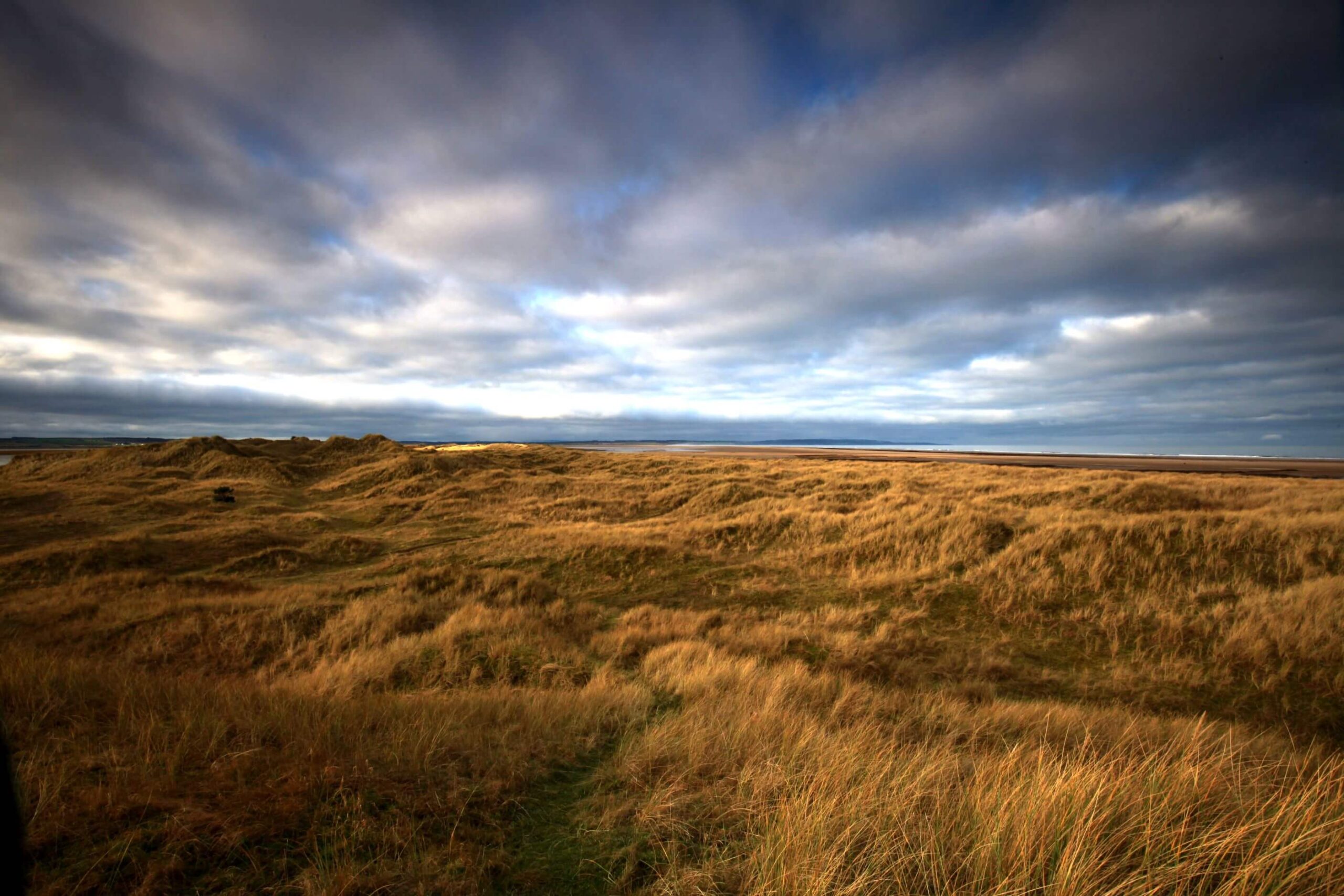
Invasive non-native species (INNS) can impact the rich and important marine habitats and associated species of the North Sea.
LIFE WADER is working closely with Newcastle University to understand the extent and distribution of marine invasive species and develop best practice for early detection. Marine INNS are much easier to manage when detected at the early stages of establishment. Together we are also developing a ‘rapid response toolkit’ and establishing and refining a network of stakeholders to enhance the development of biosecurity protocol across the region.
In Summer ‘23, WADER deployed Newcastle University student Jack Longsden to carry out a research project monitoring invasive species in the North Sea.
This research had three aims:
In February 2023, Jack set up SETL panels at nine locations at one-metre depth along a 103-mile section of the coast from St Abbs Marine Station to Hartlepool Marina. Each was fitted with TinyTag data loggers – sensors which record temperature every 30 minutes as well as salinity, Ph, conductivity and turbidity. Each month, Jack removed each panel from the water, collected samples and eDNA scrapes and took photographs.
Back in the lab, he investigated the samples using:
– Environmental DNA (eDNA for short) surveying on the collected scrapes to detect the presence of INNS at a microscopic level. eDNA is DNA that’s released into the water by plants and animals in a host of ways: from their skin, faeces, mucous, hair, eggs and sperm, or when they die. The presence of aquatic organisms can be detected even at very low concentrations using this qPCR (quantitative Polymerase Chain Reaction) method.
Jack developed a species-specific primer for C. eumyota (the orange tipped sea squirt) – a native of Australasia, now becoming wide spread in European waters. This enabled him to estimate the actual extent of this particular INNS in North Sea waters.
– Image analysis with computer software. Species were identified to the lowest taxonomic level possible, and abundance recorded.
2024 Update:
A new set of panels has been deployed in 2024 to continue monitoring across the region. An additional set of panels will now be left in the water to investigate the resilience of established benthic communities against the presence of marine INNS.
Data will continue to be collected and it is hoped more panels will be set up in time. The data will build on previous years’ to track changes, identify emerging trends and patterns and help inform management measures.
The rapid response toolkit is now under development.






